Book of Life praising hugs sums up very nicely what I enjoy about true following in dance — the opportunity to, for a few minutes, let someone else take care of everything.
Leading and following are things people can choose to do in the moment, not roles to be forced into, integrate into personal identity, or assume because of gender. Leading is to communicate “I have this idea about a thing to do”. Following is to communicate “I understand this idea. I accept or reject it.”.
Dancing with one person very clearly leading and the other very clearly following can be just as valuable an experience as a completely balanced dance with both(+) people leading and following each other. Each option is valid because the other exists. Awareness that the other option exists means that the people involved have chosen to act as they do.
That both people know that they could choose freely to lead or follow allows for the most authentic interactions between dancers.
I have had wonderful experiences completely following, completely leading, swapping with clear boundaries or dancing blurred, balanced and boundary-free. The common element is that what everyone involved wanted from the experience was communicated, and a consensus reached, whether verbally or not.
The predominating assumption in traditional dance is still that men lead and women follow (or even that men and women dance together), and as such consensus to dance differently must usually be reached verbally (try it! It’s incredible). With people who share my philosophy it’s sometimes possible to reach consensus without words, and hopefully that will become easier the more dance is danced like this.
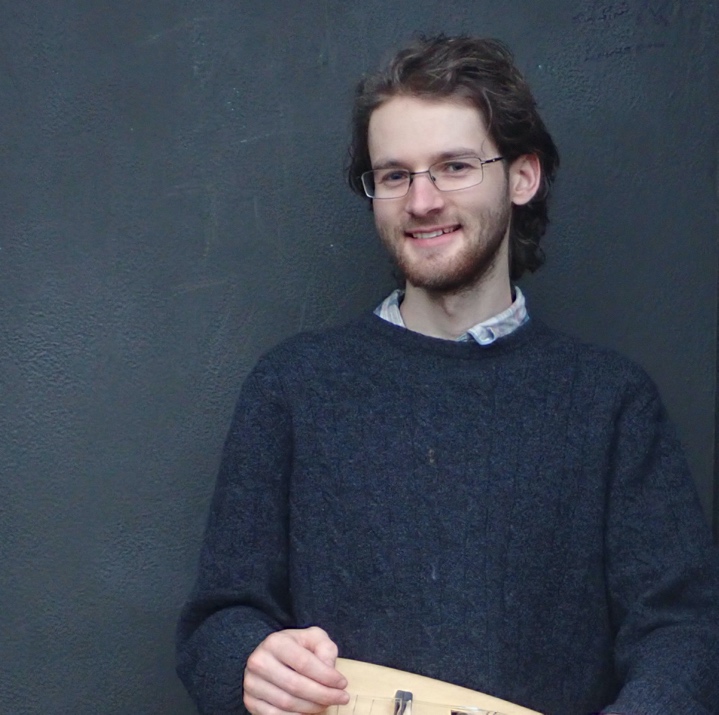

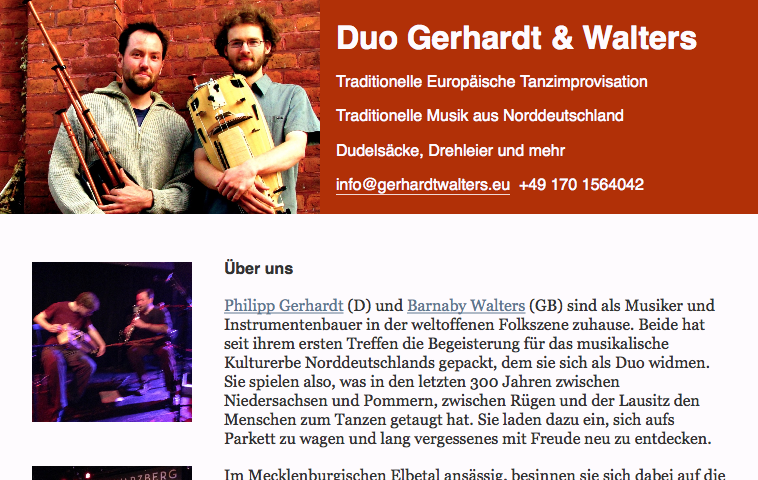

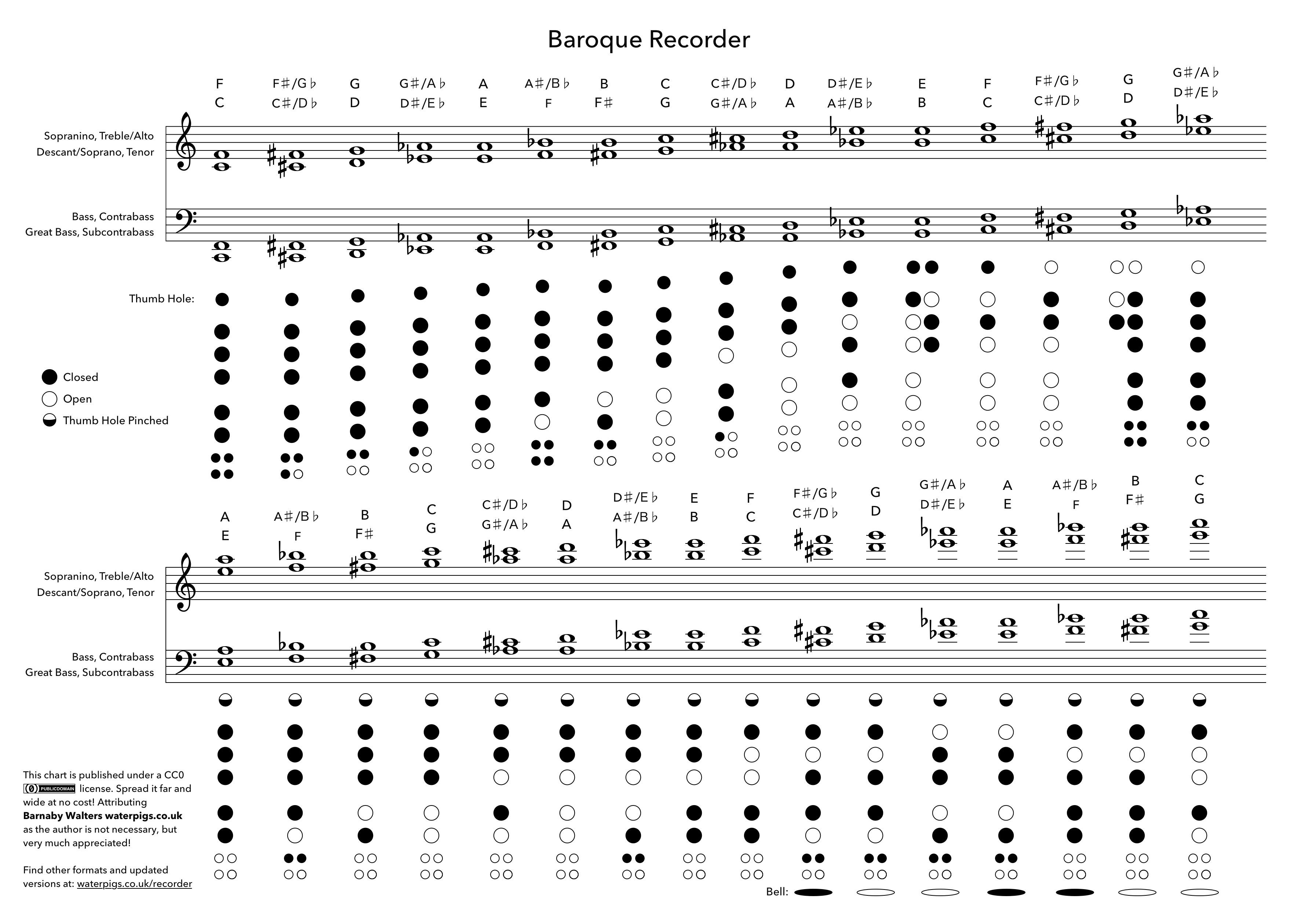
 realscientists
realscientists

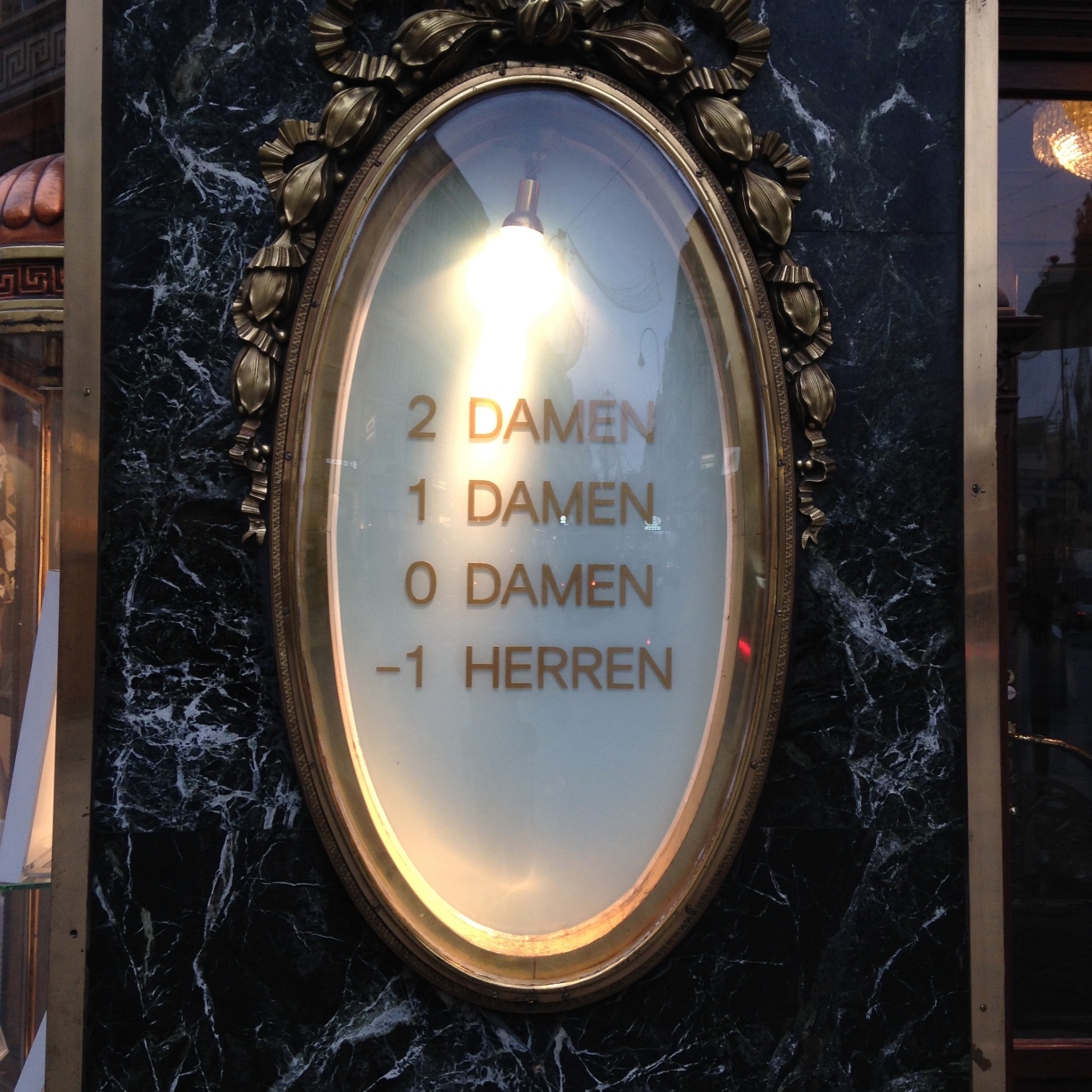
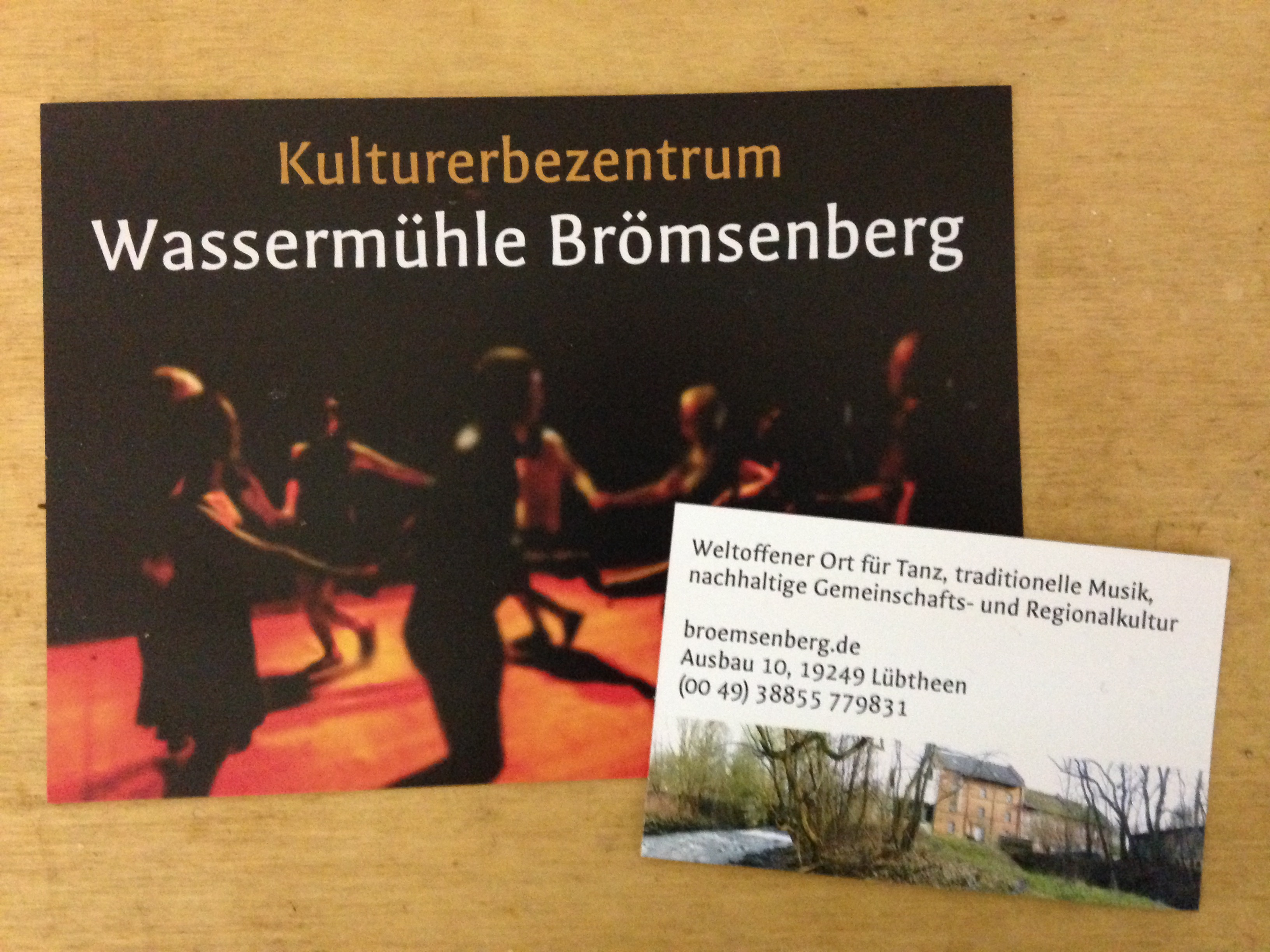
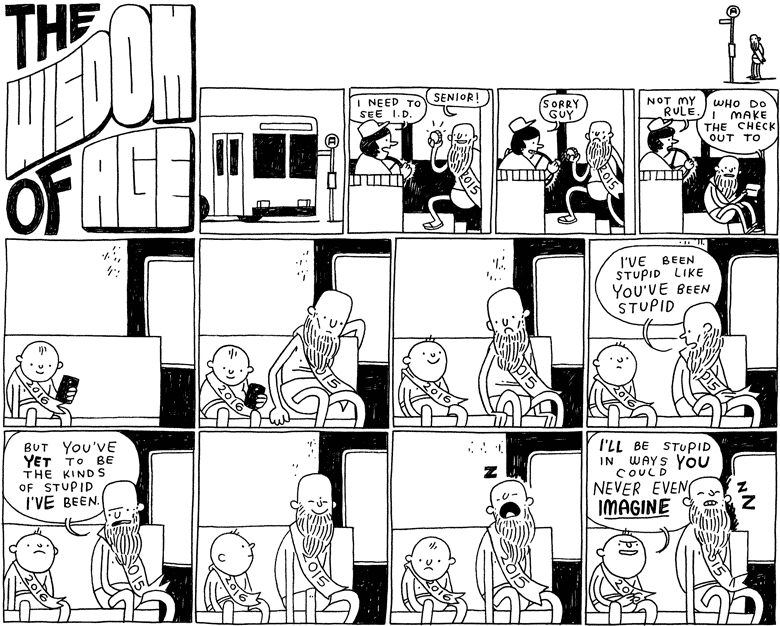

 Shane Becker
Shane Becker